Newsletter Circle is your go-to source for building a successful newsletter business through a paid subscription.
Hi everyone, happy Sunday!
I'm thrilled to share that Newsletter Circle has crossed the 5,000 subscribers! Thank you so much for being part of this journey, your support means the world.
I’ll soon publish a behind-the-scenes look at what worked (and what didn’t) while building Newsletter Circle. Stay tuned!
In the meantime, a few updates:
🎙️ I recently joined AJ on Indie Hustle for an interview where I shared:
→ Why I left my corporate job after 10 years to start a newsletter
→ How I gained my first 100 subscribers
→ One single strategy that brought in 700 new subscribersI also interviewed Derek Hughes, who shared how he builds digital products that actually sell.
Last but not least, if your goal is to reach your first 100 paid members on Substack, don’t miss our latest article featuring insights from 32 Substack bestsellers. Learn exactly what helped them cross that milestone below.
👋 MEET THE CREATOR
is a skilled product manager based in Warsaw with over a decade of experience, including running his own startup. He turned his passion for product thinking into one of the most popular newsletters on Substack, ranked #17 in the Technology bestseller list!
Fueled by curiosity (and a deep interest in astrophysics), Pawel started writing online to better organize his thoughts.
What began as LinkedIn posts quickly grew into , his dedicated space for sharing product insights with clarity and impact.
Today, The Product Compass reaches over 114,000 subscribers, has crossed 2,600 paid members, and continues to grow through a flywheel powered by data, experimentation, and trust.
In this interview, Pawel shares:
The metrics he has never shown anywhere before
How he protected his mental health when scaling his creative work
How he grew his audience from LinkedIn to Substack
Key strategies that helped him reach over 2,600 paying subscribers
How he balances monetization with integrity and turns down most sponsorships
Why he tracks his metrics daily, and what he’d do differently if he started over
🏷 NEWSLETTER IDENTITY CARD
⚒️ TOOL STACK
ESP: Substack
Writing: Substack
Task Management: Trello
Curation & Note taking: XMind
Productivity: n8n
Design of visuals: Canva
Webinars: Zoom
Digital Products: Notion
Testimonials: Custom tool built with Lovable
Payments: Stripe
🥁 START
How and why did you start The Product Compass in the first place?
I started writing on LinkedIn about 3 years ago. Initially, that was the way to learn and organize information. I was surprised when others started reacting to my content.
The newsletter was a natural consequence. I wanted to have my own space to interact with my community, unrelated to social media.
🚀 GROWTH
Which strategies did you use to grow over 114,000 subscribers in less than 3 years?
When I started, I already had 80K+ followers on LinkedIn. This helped me a lot.
Later, one of my key learning was that metrics like views and reactions are useless.
My North Star Metric became the number of Substack posts shared per week:
It’s a single metric.
It reflects how readers get value from the product.
It is a leading indicator of the newsletter’s long-term success and is directly connected to my growth flywheel.
If you want to learn how to select the right audience and drive the right engagement, check out The Secrets of Copywriting, where I explain this in detail.
You have around 200K followers on LinkedIn. How does LinkedIn contribute to your newsletter growth? What is the most effective strategy that helped you convert LinkedIn followers into newsletter subscribers?
Many experts, such as , suggest building multiple revenue streams. This would mean adding training, consulting, etc., to the newsletter.
But those products would drain my time and energy (focus), and they wouldn't address the risk of relying on LinkedIn - a single partner that could change the rules at any time and disrupt all those “diversified streams.”
Instead, I focus on diversifying my marketing channels. LinkedIn now helps me with only ~30% of the acquisition. Other channels include Substack Notes, X, and organic recommendations.
Could you explain how you leveraged Substack Notes and organic recommendations to grow your newsletter?
Substack Notes: Rather than posting links to my issues, I create summaries that provide value without the need to open my full posts. The link to the full post is included as a bonus, without a preview.
Organic recommendations: By that I mean being recommended by other newsletters, like ByteByteGo or Product Growth. This wouldn't be possible without me supporting their growth, too. You can't grow on Substack based purely on recommendations. It's key to build your own acquisition channels, like LinkedIn, YouTube, etc.
💸 MONETIZATION
How long did it take for you to become a Bestseller?
It took me several months. Metrics I have never shared publicly:
The violet color indicates an experiment with free trials I enabled for ~1000 users. I was experimenting with a reverse-trial approach. It didn't work. The number of paid subscribers has been growing consistently.
What are your strategies to convert free subscribers into paid ones or gain new paid subscribers?
While I have strong opinions, I assume nobody would be interested in just “let me think out loud.”
So instead, I imagine a person who reads my newsletter and ask myself: what can I do to shock this person with actionable value they can immediately consume?
Then, I select one of the approaches:
Deliver the value for free, but link paid resources inside
Place that value both before and after the paywall
Only occasionally paywall everything
What are the biggest lessons you’ve learned from running a successful paid subscription? What would you do differently if you had a chance to start over?
Mental health can be an issue, especially when combining the newsletter with a full-time job. You can do it only temporarily.
At 40 years old, I can no longer work 60 hours a week. I struggled with burnout while running a startup, and this could happen again.
What helps:
Pareto principle & thinking in terms of Impact vs. Effort.
Trying to lead with trust and context rather than control.
Support groups & learning together with others.
Trying to avoid other sources of waste, like perfectionism.
Physical activity at least twice a week.
Making time for my family.
There isn’t one big lesson. It’s hundreds of small experiments and incremental improvements that compound over time.
If I had to pick one, it would be this: look at the data (I check it daily and could quote metrics if you woke me up at 3 a.m.), form hypotheses, and run experiments to maximize your learning speed.
Could you walk us through how your sponsorship process works? What strategies have proven most effective in securing new sponsors?
Yes, I partner with sponsors. But it’s critical to me that the newsletter will never turn into a billboard. In the last 3 months, I’ve rejected 10+ offers - mostly SaaS tools that didn’t meet the bar.
Currently, I work with only two long-term strategic partners and don’t even have the capacity to accept new companies.
📌 IMPACT & LEARNINGS
How did building The Product Compass newsletter contribute to your life professionally and personally?
I’m grateful to everyone who trusted me. The newsletter has transformed my life. While I sometimes miss working as a Product Manager, I now get to do what I love without the 9-to-5. Honestly, I don’t even consider it a job.
What would you do differently if you had a chance to start over The Product Compass?
First, don’t chase vanity metrics. Especially when transitioning from LinkedIn, rejecting those dopamine boosts might be challenging. You need to address the right audience to get the right engagement.
Also, I’d focus even more and make bolder tradeoffs from day one. Even while working full-time, I turned down sponsors and training requests. Now, I’ve decided to cancel three conferences I was scheduled to speak at, just to double down on writing and research.
What would it be if you had the right to give one piece of advice to aspiring newsletter creators?
You will be wrong. A lot. And that’s okay. Getting things right requires trying and failing over and over again.
If you could optimize just one thing, maximize the speed of learning. The best time to start is now.
3 Popular The Product Compass Issues
Where to find Pawel Huryn
"The Product Compass" Newsletter
ICYMI: The Latest Newsletter Circle Issues
Thanks for reading, and feel free to reply if you’d like to connect!
See you next week.
Ciler
Find me on Substack Notes & LinkedIn

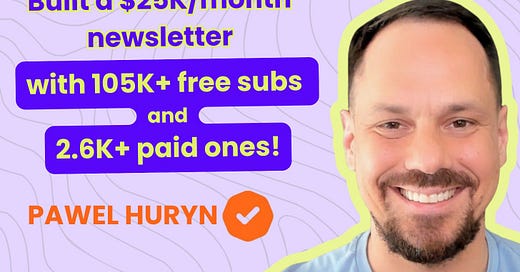



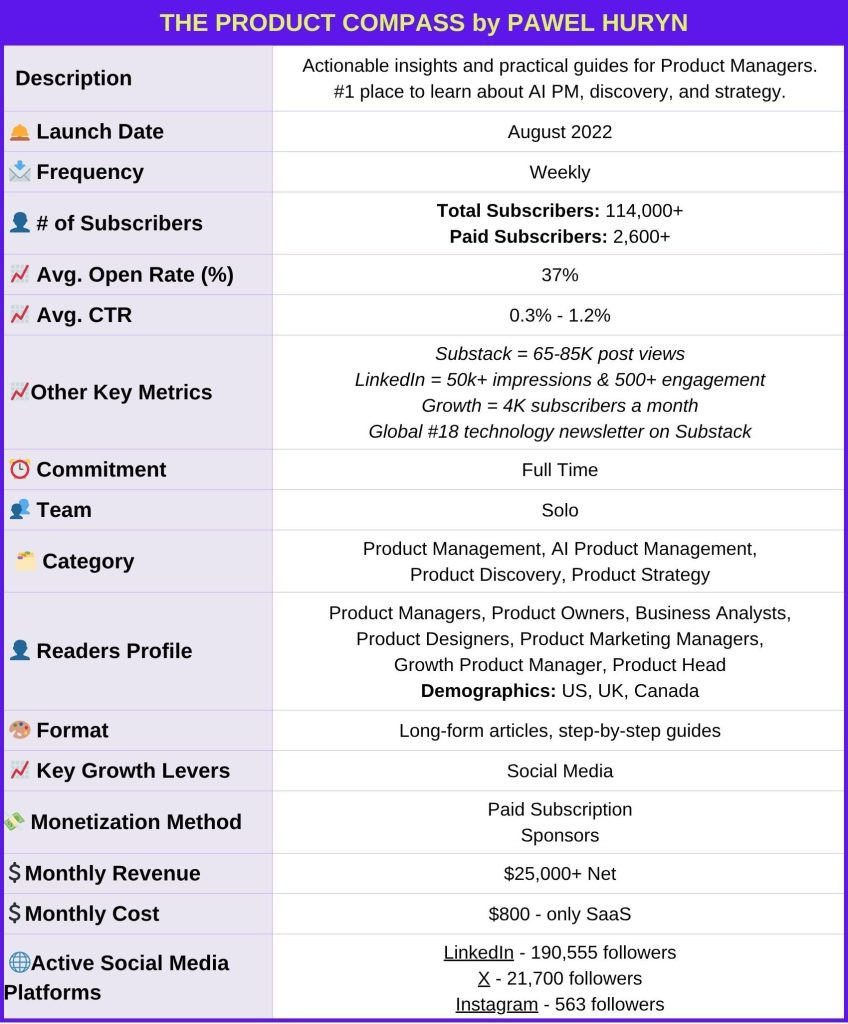

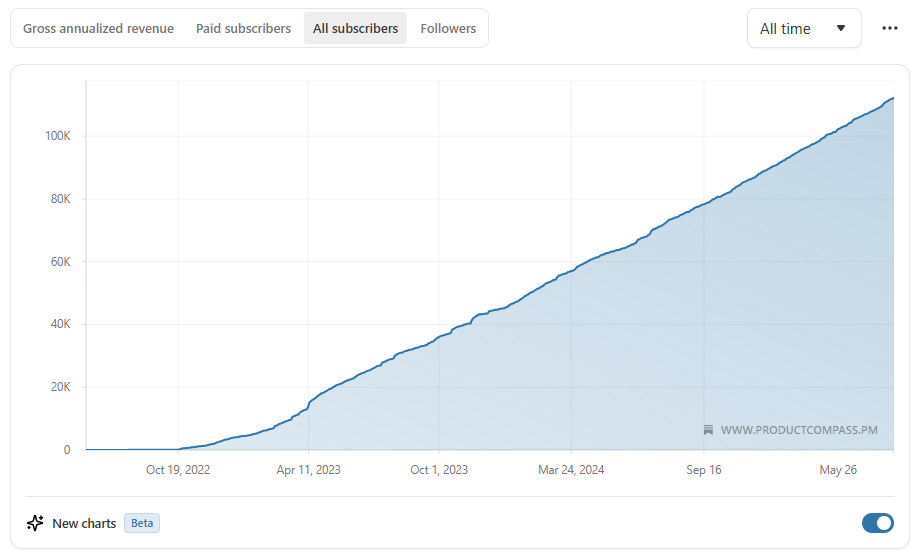

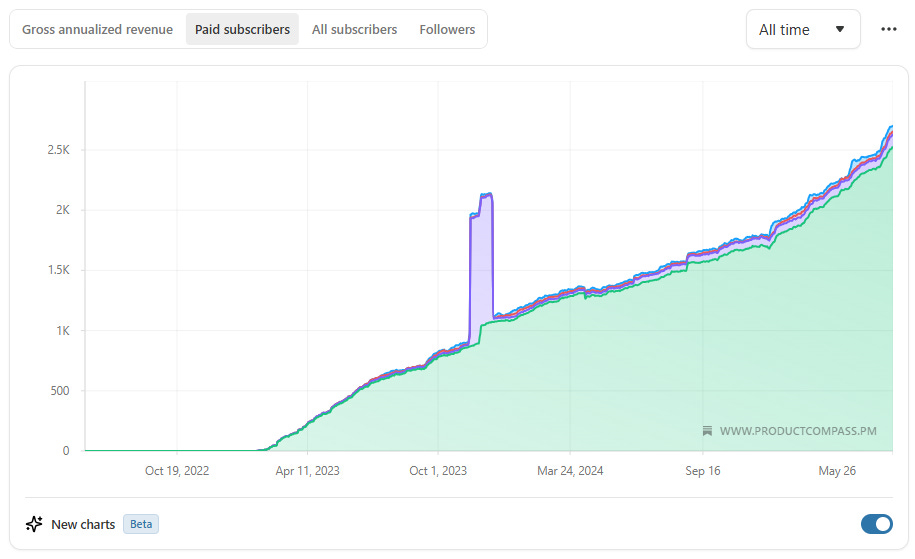


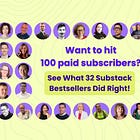
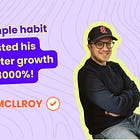
I’ve said it before, but really loving these breakdowns Clier. Hope to be on your radar someday!!!